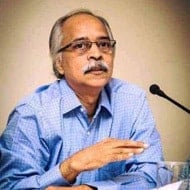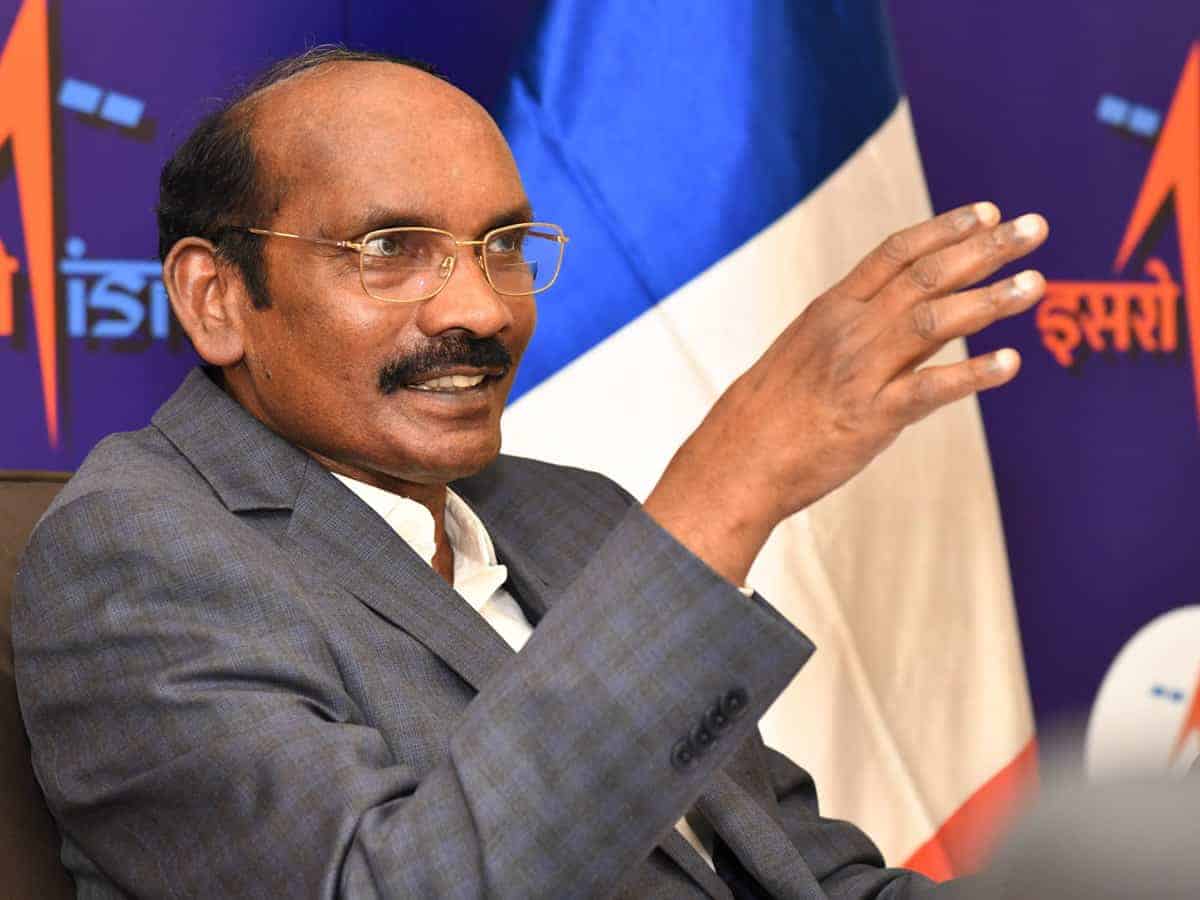
July 11, 2021 will mark an important day in the human pursuit to explore outer space for travel and tourism in the short term and possible habitation on nearby planets that are hospitable to life in the long term.
Billionaire businessman, 71-year-old Richard Branson and 5 crew mates, including Ms Sirisha Bandla of Indian origin, from the Virgin Galactic Company, flew to the edge of space, ‘explored and experienced’, memorable minutes of weightlessness and returned safely.
The Spaceship VSS Unity flew 88 km over the New Mexico desert. It pierced through the edge of space to give a glorious view of the curvature of the Earth to the crew and after about 5 minutes reentered the Earth’s space and hurtled back to ground.
India, outer space and Gaganyaan
Sirisha Bandla, the Aeronautical Engineer hailing from Guntur in Andhra Pradesh and working with Virgin Galactic has emerged as the third Indian origin woman to fly into space.
Kalpana Chawla, the Karnal, Haryana born, American astronaut and engineer was the first to go to space. Her first flight was on Space Shuttle Columbia in 1997 as a mission specialist and primary robotic arm operator. Her second flight in 2003, turned disastrous. The Space Shuttle Columbia had to be aborted in the final stages and all 7 crew members perished.
Sunita Williams, made history when she was launched to the International Space Station (ISS), aboard Space Shuttle Discovery, on December 9, 2006, to join the Expedition 14 crew. She stayed there for a record 321 days before returning to earth. She is a US born, Naval Engineer. Her parents hail from Mehsana in Gujarat.
However, the first Indian citizen to go to space was Wing Commander Rakesh Sharma. The Hyderabad-born, Indian Air Force pilot flew aboard Soyuz T-11 on April 3, 1984 as part of the Soviet Union’s InterKosmos programme.
Thirty-five years later the Indian Space Research Organisation (ISRO), firmed up an ambitious Rs 10,000 crore project called ‘Gaganyaan’, to send Indian cosmonauts to space. The Narendra Modi government fully backed the project. Interestingly, the Soviet Union, now Russia again, extended full support to train the selected cosmonauts for the venture.
As per plans ISRO aimed to send a three-member crew to space for five to seven days by 2022 when India completes 75 years of independence. The first unmanned mission is planned in December 2021, the second in 2022-23, followed by human spaceflight.
As per the latest reports, four candidate-cosmonauts have completed generic space flight training in Russia. The Geosynchronous Satellite Launch Vehicle- GSLV Mk III has been identified for the mission.
India opened up its space sector in June 2020, allow private players to take up major projects, including building satellites, space ports and space exploration. Several start ups have already got into the business. However, space tourism is a different ‘ball game’ and needs huge investments from India billionaires or corporate biggies in the future.
The Space Tourism race
By this remarkable feat, the British-born, Richard Branson, a bold and adventurous, entrepreneur-businessman, beat Jeff Bezos, a competing billionaire-cum-space dreamer by 10 days. Blue Origin, the space company of Bezos had announced the maiden flight of his own rocket named Shepard from Texas on July 20, to mark the 52nd anniversary of the Apollo 11 landing on the Moon with Neil Armstrong.
On July 20, Bezos and a couple of crew mates, including his brother are venturing to go past the 100 km distance above the Earth. It had announced auctioning of the limited seats too. The company intends to unleash space tourism in a big way. It already announced ambitious plans for the Moon too. Jeff Bezos stepped down from Amazon to fully concentrate on his space dreams.
Richard Branson’s Virgin Galactic, formed in 2003-04 had announced that it has more than 600 reservations on its future trips to space. The estimated price per ticked is $250,000. According to media reports Bezos auctioned tickets for the first flight too were in that range.
The third competitor in the emerging space tourism business is Elon Musk, founder of Tesla and Space X, which has been a trail blazer in the past few years with its Falcon launcher and reusable launchers. The company also bagged a huge contract from NASA to bring back US Cosmonauts from the International Space Station (ISS) recently and future programmes.
Among the three top billionaire led space companies, by far Space X has been the most active and growing strongly. However, in the take off to the edge of space, Elon Musk has yielded ground to his competitors—Branson and Bezos—for now.
The future does promise exciting times.
The Space Race of the 1960’s:
The entire spectacle (round trip) of about 15 minutes of Richard Branson & team was coincidentally equal to the historical first flight of Alan Shepard, the NASA Astronaut in the Freedom 7 spacecraft, exactly 60 years ago on May 5, 1961, to become the first American to go into space.
Incidentally, excited by the success, President John F. Kennedy announced the biggest and most ambitious project then of achieving a lunar landing before the end of the 1960’s decade. True to the commitment, the US invested huge amounts in its space programmes. The series of Apollo missions finally led to the historic landing on the Moon in 1969. Commander Neil Armstrong and module pilot, Buzz Aldrin and Phil Collins were the crew that landed the Apollo Lunar Module Eagle on July 20, 1969. The Eagle has landed and human beings giant leap achieved.
During the 1950’s & 1960’s, the United States and the Soviet Union got into a race to put the first human being into space. The US launched, ‘ Project Mercury’ in 1958 and began training for that mission. On the other hand the Soviets kept their plans secret.
The end the Soviets won the race in April 1961 when cosmonaut Yuri A. Gagarin completed a single orbit around the Earth aboard his Vostok capsule.
Somasekhar Mulugu, former Associate Editor & Chief of Bureau of The Hindu BusinessLine, is a well-known political, business and science writer and analyst based in Hyderabad

